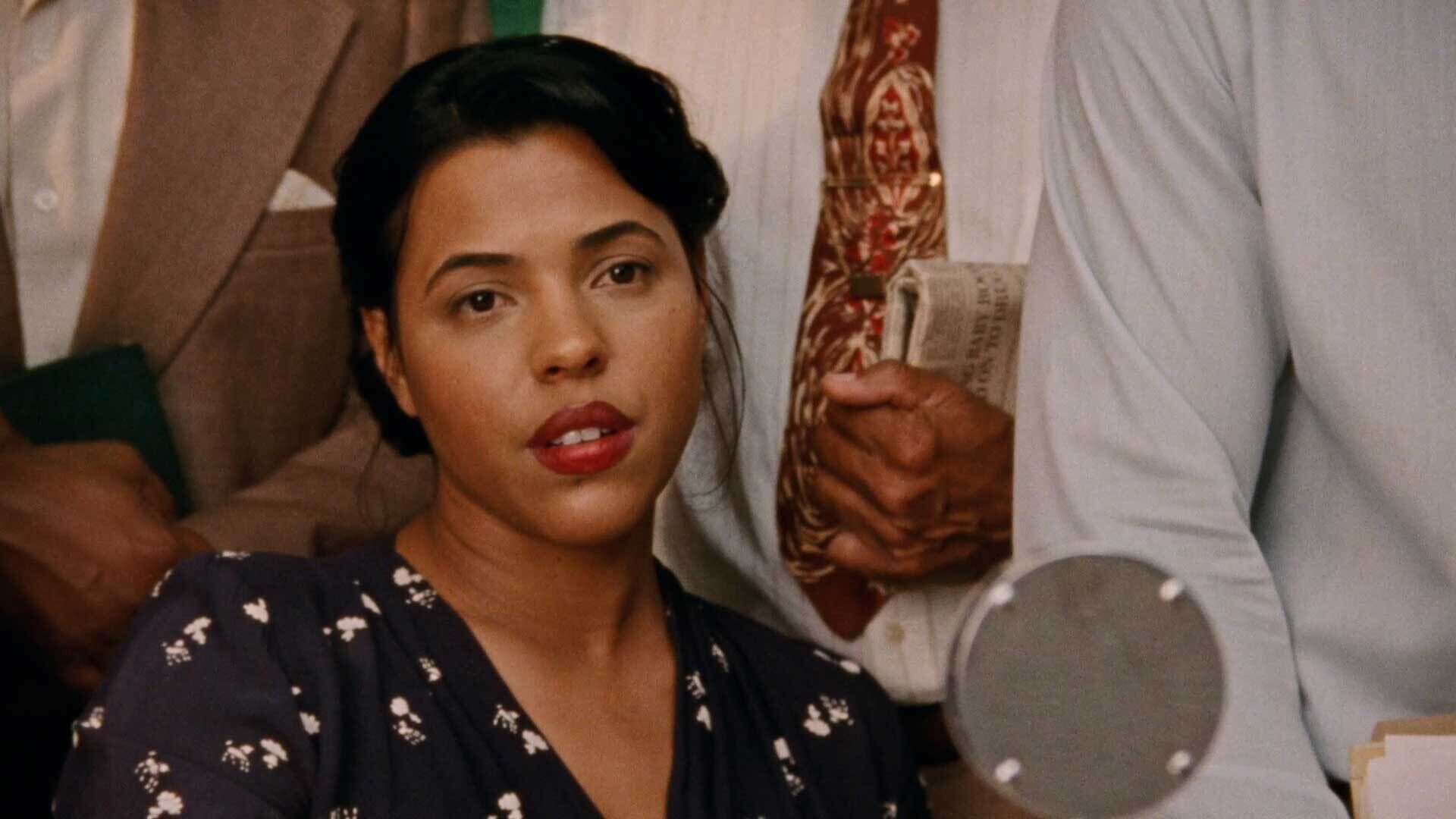Whitney Biennial 2024: Even Better Than the Real Thing | Art & Artists
Mar 20–Aug 11, 2024
Whitney Biennial 2024: Even Better Than the Real Thing | Art & Artists
Madeleine Hunt-Ehrlich (she/her)
22
Film
Born 1987 in New York, NY
Lives in New York, NY
What if someone has become invisible to history not because they did nothing of note but because they were too bright to be seen? The title of Madeleine Hunt-Ehrlich’s film prompts us to consider this question. The film honors the life and work of Suzanne Césaire (1915–1966), a writer and feminist thinker from Martinique. Césaire was a key figure behind the francophone Caribbean philosophy known as Négritude, which fused anti-colonialist politics with Surrealist aesthetics. Yet, her work has primarily been known through the men she influenced, including her husband, the Martinican writer Aimé Césaire (1913– 2008), the French Surrealist André Breton (1896– 1966), and the Cuban artist Wifredo Lam (1902–1982). Based on Hunt-Ehrlich’s extensive research, the film questions the historical erasure of contributions made by Black women cultural workers, while mirroring Césaire’s own internationalist, poetically open-ended aesthetic and sonic strategies. At the same time, the light installation suggests the mercurial weather and precarity of the Caribbean, as well as Césaire’s engagement with the natural world.

